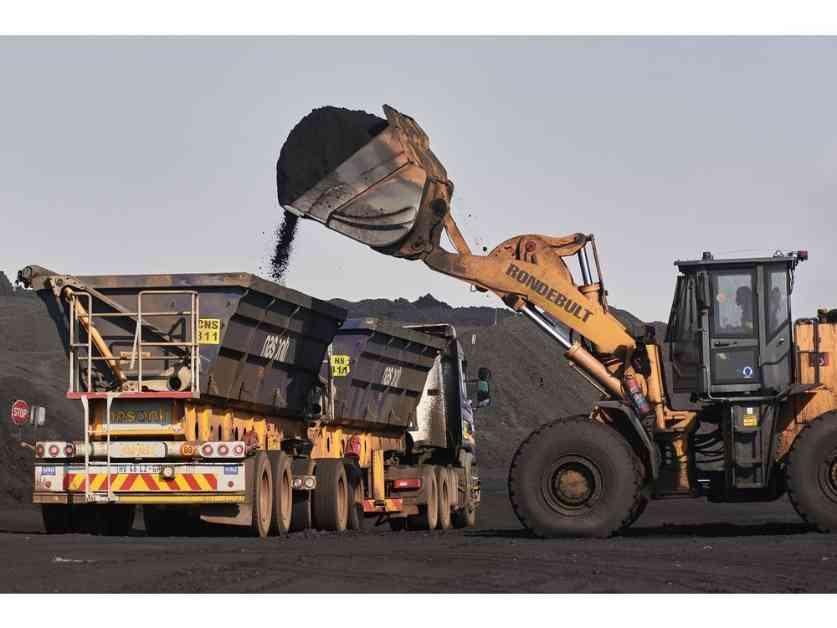Global commodities markets are currently at a standstill following China’s recent economic recovery plan. The focus of this plan was primarily on restructuring local government debt, rather than implementing direct stimulus measures to boost domestic demand. While the finance ministry in Beijing announced a $1.4 trillion bailout to refinance “hidden” debt, there was a lack of specific steps to revive consumption. As a result, prices of commodities like copper, iron ore, and crude oil dropped after the announcement.
This lack of direct stimulus measures has left many economists and analysts disappointed, as they were anticipating more substantial support to bolster the economy. China, as the world’s largest raw materials buyer, continues to struggle with deflationary pressures and sluggish consumption growth. Old economy items like oil and steel have seen a decline in demand, indicating a potential structural shift in these markets.
The restraint in implementing direct stimulus measures may be a strategy to preserve government resources in the face of potential challenges posed by global trade and economic uncertainties. With the impending return of Donald Trump to the White House, China may be cautious about deploying significant fiscal policy measures at this time.
Moving forward, base metals like copper and aluminum are expected to have an advantage over construction materials such as steel and iron ore. The property and infrastructure sectors, which have traditionally driven steel consumption in China, may see some relief with the restructuring of local government debt. However, the matured state of the economy and existing construction projects may limit the impact on steel markets.
On the other hand, copper and aluminum, which are used in appliances and new economy infrastructure, could see more direct benefits from the economic recovery plan. The ministry has also pledged to strengthen support for programs aimed at upgrading equipment and promoting consumer goods trade, which could increase demand for base metals and steel.
In terms of oil, the outlook remains uncertain. While plastics production may be influenced by consumer preferences, gasoline demand is already being affected by the shift towards electric vehicles and high-speed rail. Structural changes in the economy, including demographics and urbanization trends, suggest that any stimulus-related boost to commodity demand may be temporary.
Overall, China’s economic recovery plan has left commodities markets in a state of uncertainty. The impact of the restructuring of local government debt and the absence of direct stimulus measures on various commodities remains to be seen. As the global economy continues to evolve, the future of commodities markets will be shaped by a combination of policy decisions, market forces, and structural changes in consumption patterns.






















